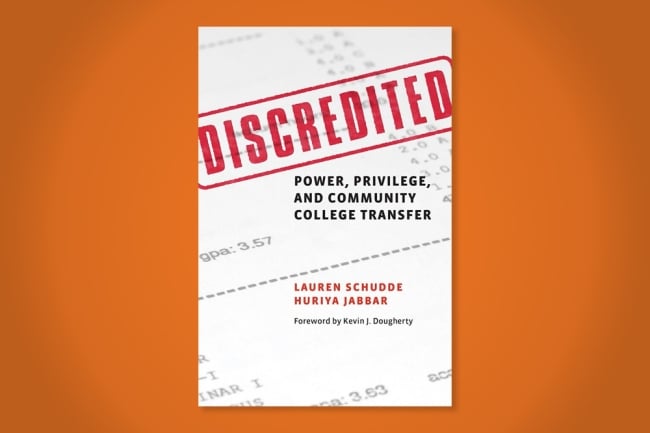Welcome to this week’s edition of Monday Musings! Today, we explore key topics in higher education, from presidential candidates' stances to the impact of dual enrollment. Let’s dive into the latest developments shaping education and the role of technology in empowering students and institutions alike.
Where the Presidential Candidates Stand on Higher Education

As the 2024 election season heats up, candidates present contrasting views on education:
Kamala Harris (Democrat): Advocates for expanded educational access by increasing Pell Grants, offering free community college, and forgiving student loans—particularly for low-income students.
Donald Trump (Republican): Opposes widespread student loan forgiveness, promotes reducing federal oversight, and supports cutting funding to institutions promoting Critical Race Theory.
Cornel West (Independent): Champions full student debt cancellation and aims to increase funding for historically marginalized institutions, such as HBCUs.
These perspectives reflect broader debates about the role of government, the importance of equity, and federal versus state control over education policy.
Power & Privilege in College Transfer: Lessons from Discredited

Laura Schudde and Huriya Jabbar’s book Discredited: Power, Privilege, and Community College Transfer offers critical insights into the challenges of transferring from community colleges to four-year institutions. They argue that systemic issues—like poor coordination between schools—create obstacles for students, especially those with limited resources.
The authors call for legislative reforms to standardize credit transfers, enabling a smoother experience. These reforms could significantly benefit students navigating complex systems on their educational journeys.
Expanding Access: Education for All

According to Community College Daily, there is a growing movement to make education more accessible to underserved communities. Key strategies include:
- Expanding partnerships between colleges, employers, and policymakers.
- Creating flexible learning options such as online courses to support adult learners and minority students.
- Prioritizing equitable access to ensure all students—regardless of income or background—can thrive academically.
Harnessing the Power of AI: A Guide for College Leaders

Artificial intelligence (AI) is transforming higher education. A recent article outlines several ways that college leaders can leverage AI to enhance institutional effectiveness:
- Improving student outcomes through personalized learning tools.
- Streamlining administrative processes with automated systems.
- Building AI literacy among staff to facilitate ethical adoption and data privacy.
Motivating Students with Some College but No Credential

Recent surveys highlight the barriers faced by students who earn college credits but do not complete a degree:
- Trust issues with educational institutions reduce students' belief in the value of a degree.
- Financial challenges remain a critical barrier to re-enrollment.
- Motivators such as better salaries and personal achievement could bring students back to complete their education.
Higher education institutions must rethink their strategies to re-engage this demographic, tailoring support and financial aid to meet their needs.
Bonus Insights: Dual Enrollment and Hispanic-Serving Institutions
Dual Enrollment Impact:
- 2.5 million high school students take dual enrollment (DE) classes.
- 81% of DE students enroll in college within a year of graduating from high school, compared to 70% of other graduates.
- 42% of DE students earn a college degree or certificate within four years.
Gaps and Gains for Low-Income and Minority Students:
- Low-income, Black, and Hispanic students are underrepresented in DE programs nationally.
- However, students from these groups enrolled in DE are significantly more likely to earn a bachelor’s degree within four years.
Re-enrollment Trends:
- 38% of DE students re-enroll at the same community college within a year of high school graduation.
These statistics highlight the transformative potential of dual enrollment and the need for more inclusive access to these programs, especially for underrepresented students.
Final Thoughts
With education undergoing rapid transformation, staying informed about political policies, emerging technologies, and equity-driven initiatives is essential for both leaders and students. This week’s musings highlight the importance of collaboration, reform, and innovation in building a more inclusive and effective education system.
Stay tuned for more insights in next week’s Monday Musings!
By Meg Foster, Online Learning & Design Specialist - Consultant & Wendy Archer, Web Content Coordinator
October 15, 2024

Comments 0